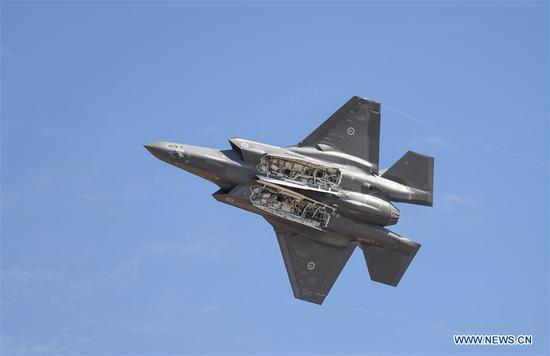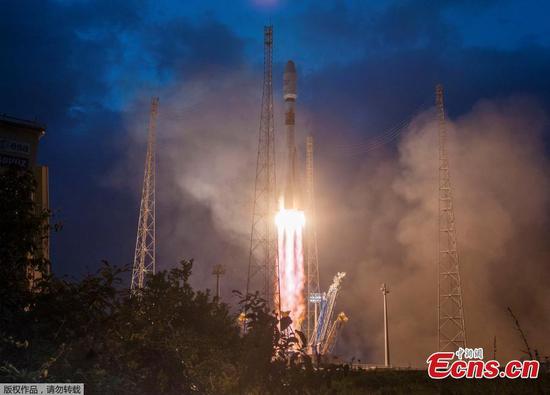Global liquid fuels production was expected to exceed global consumption through 2020, the U.S. Energy Information Administration (EIA) said on Thursday.
EIA forecast that higher U.S. crude oil production growth and slightly lower global oil consumption will offset the short-term supply reductions. As a result, global petroleum liquids stocks increase and prices remain relatively flat.
According to EIA's February Short-Term Energy Outlook (STEO), global liquid fuels inventories grew by an estimated 0.5 million barrels per day (b/d) in 2018, and will grow by 0.4 million b/d in 2019 and by 0.6 million b/d in 2020.
EIA expected U.S. crude oil production to average 12.4 million b/d in 2019 and 13.2 million b/d in 2020, with most of the growth from the Permian region of the state of Texas and New Mexico.
When it comes to oil prices, EIA forecast Brent spot prices will average 61 U.S. dollars per barrel in 2019 and 62 dollars per barrel in 2020, compared with an average of 71 dollars per barrel in 2018.
EIA expected that West Texas Intermediate (WTI) crude oil prices will average 8 dollars per barrel lower than Brent prices in the first quarter of 2019 before the discount gradually falls to 4 dollars per barrel in the fourth quarter of 2019 and through 2020.
In January, members of the Organization of the Petroleum Exporting Countries (OPEC) and several non-OPEC countries (OPEC ) reached an agreement to reduce production by 1.2 million barrels per day (b/d). Additional production cuts by Saudi Arabia, an increase in unplanned supply outages in Libya and U.S. sanctions on Venezuela's state-owned oil company have all affected OPEC output.
As a result, OPEC production in 2019 was revised down by nearly 150,000 b/d in the February STEO, and the 2020 OPEC production was revised down by more than 400,000 b/d relative to the January forecast.


















































